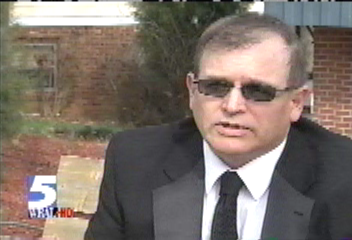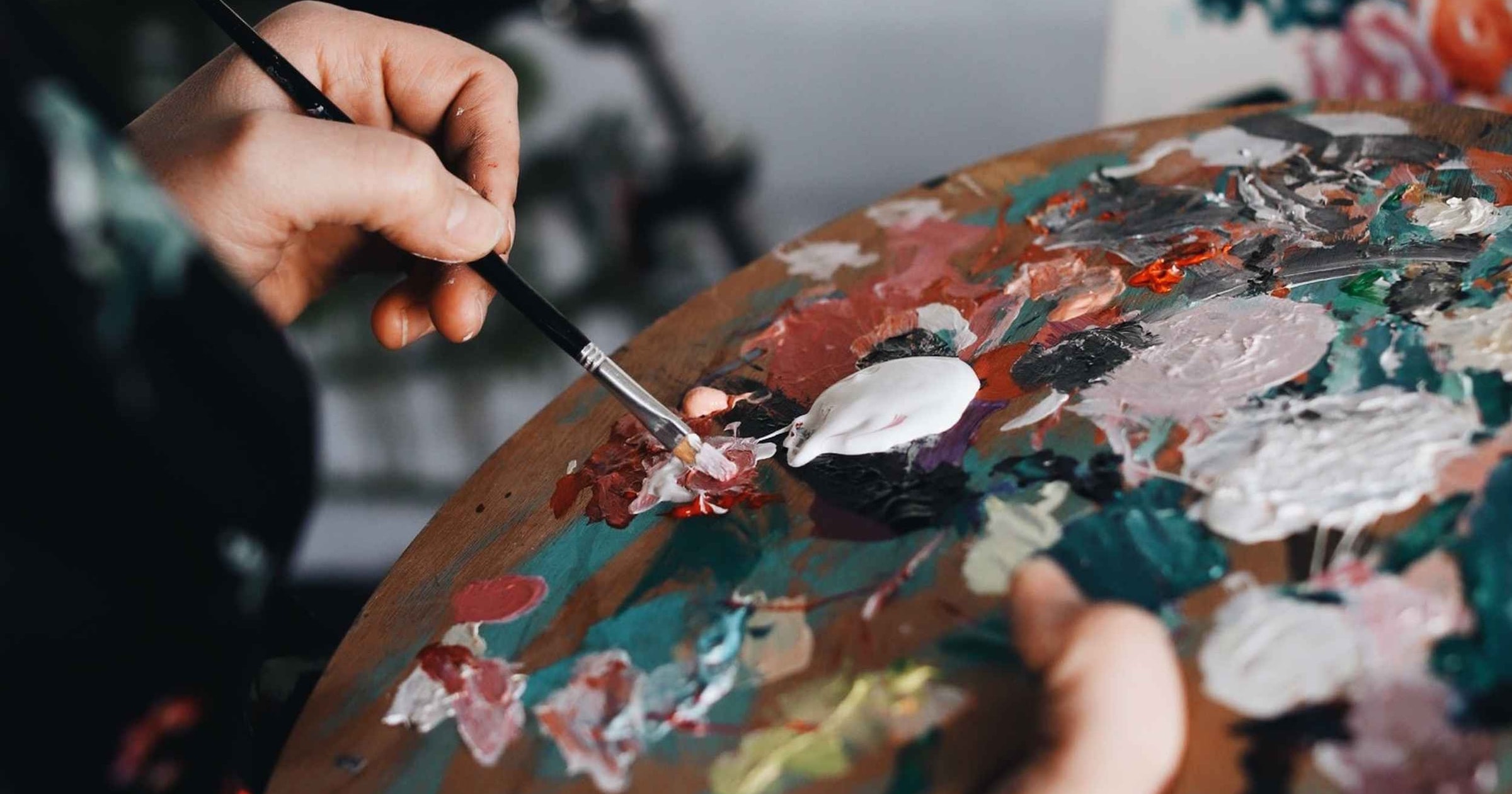A North Carolina investigator applies his portrait-painting skills to defend a client accused of theft.
I was recently hired on a criminal case. My client, a young Black female, had been charged with theft. Police suspected her of taking two credit cards belonging to her coworkers from a drawer under the cash register at a local restaurant. When police interviewed the employees, the two whose credit cards had gone missing suggested that my client was the most likely culprit.
Soon after the interviews, one of the cards turned up — a customer had used it at a Walgreens. Police retrieved a video clip of a Black female using the missing card. At a glance, the female fit the description. The police found her at home and charged her.
That’s when her lawyer suggested she hire me.
I met with the attorney and reviewed the case. The Black female in the Walgreens video seemed to be our client. I also checked the outdoor video and found that the vehicle the suspect was driving did not match the make and model of my client’s vehicle. The police had said that my client was carrying the same purse as the suspect, so I made a mental note.
When my client arrived at my office to be interviewed, I noticed she was carrying a purse of the same size and color as the suspect, but the suspect’s purse was slightly different — it had tiny hearts on it. (My client’s purse did not have any hearts.)
Of course, I thought, she might have swapped purses. But it seemed strange to me she would replace the one she had during the Walgreens purchase with one so similar.
I interviewed my client. She seemed easygoing and a little naïve, and she struck me as credible. I look for little tells: blink rate increase, wrinkling of the forehead, a high-pitched voice at the end of hard questions, and avoidance of more challenging questions, to mention a few. These aren’t sure tells, but I see them when people are hiding something. So I believed her when she said she wasn’t at Walgreens and that person in the video was not her.
When I made a transparent photograph of my subject and overlaid it on the suspect’s photo, anyone could see the difference between the two faces.
I went to the restaurant where she had worked and interviewed her coworkers. She had been working at the restaurant the night the cards went missing. They blamed her for taking the cards because of her criminal record. She had a misdemeanor involving shoplifting that she had no trouble talking about. She had been honest about that charge when she was hired.
I visited Walgreens. The manager laughed at my credentials and refused to co-operate. When I asked her which camera recorded the suspect, she reminded me I wasn’t a police officer and walked away. OK, fine. I could surmise what camera captured the suspect and where she stood during the purchase with the missing card. I could also surmise that I wasn’t a police officer. I thanked the manager and went back to my office.
I sat back in my chair, turned on some Pavarotti, and pondered the case. My gaze landed on my own security camera, in a corner near the ceiling. I imagined the scene from my office camera’s perspective, then transferred that picture to the Walgreens camera that captured the suspect.
I reviewed the Walgreens video again. The girl in the video looked like my client, but I wasn’t sure. That’s when my portrait painting skills came to mind. I’m talking about elementary skills that anyone can develop with some practice.
When you’re drawing a face, you note the distance between the hairline to the eyebrows, eyebrows to the bottom of the nose, and the bottom of the nose to the bottom of the chin. If you compare each of these to one another, you can quickly determine how to draw your subject’s face with the correct proportions. For example, if the eyebrows-to-nose distance is the same as the distance between the bottom of the chin to the nose, you can draw the nose in the correct proportion by making it the same distance. If it is one and one-quarter times, use that to make the length of the nose.
I made a video of my client walking under my camera in my office. She was the same distance away from where the suspect stood while in the Walgreens store. I changed the lighting in my office to match the Walgreens, to be sure the resolution would be similar, too.
I had the client walk over to my desk as if she was going to the counter in the Walgreens. I then grabbed video photographs of similar images from both videos. The suspect and my client were the same height. The purses were the same size and color. However, after using a micrometer to measure the proportions of each person’s face, as mentioned above, it became apparent that they were not the same person. The space between my client’s top lip and the bottom of her nose was larger. Her nose was narrower, and the distance between the bottom of her nose and her eyebrows was also notably larger. When I made a transparent photograph of my subject and overlaid it on the suspect’s photo, anyone could see the difference between the two faces.
I wrote a final report and presented it to my client and the attorney. My client called me a few days later to say the police had dropped the charges. She thanked me profusely and still does so every time I visit the store where she works.
About the author:

James Petrie started his PI training in Alberta, Canada, in 1981 and opened his first detective agency in 1997 in Charlottetown, Prince Edward Island, Canada. He opened Advanced Private Investigations in Cary, NC, in 2003 and is currently working as a private investigator in North Carolina.


